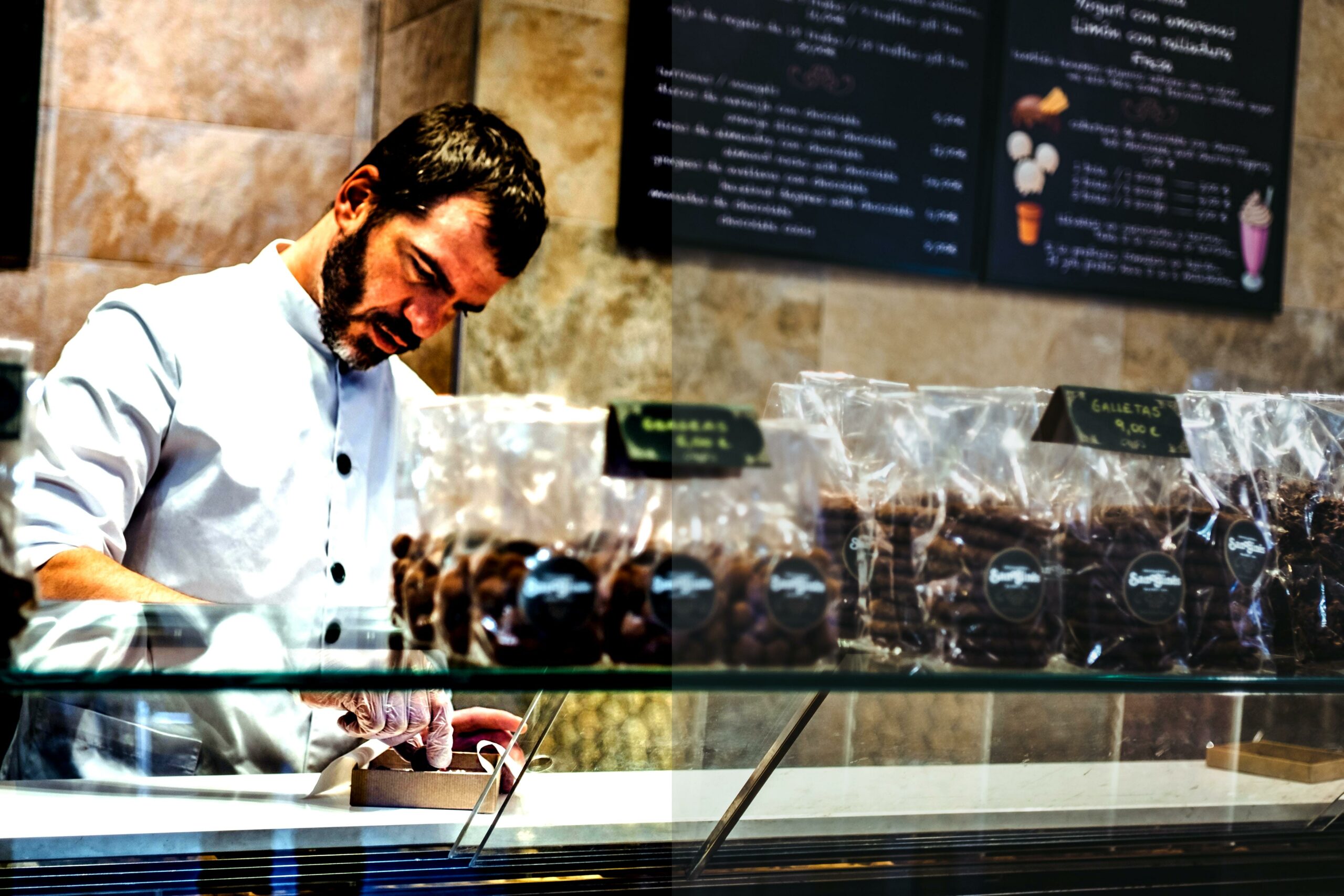Get ready to tantalize your taste buds and dive into the fascinating world of churros, Spain’s delectable delights with intriguing origins. In this article, we will unravel the secrets behind these crispy yet doughy delights, as we explore the rich culinary heritage of Spain. From uncovering the captivating history of churros to discovering the regional variations that make them unique, prepare to embark on a mouthwatering journey through the heart and soul of traditional Spanish cuisine.
Interesting facts about churros in Spain
When it comes to Spanish culinary delights, churros hold a special place in the hearts and taste buds of the locals. These delectable fried dough treats have a fascinating history and cultural significance that make them a must-try when exploring the gastronomy of Spain.
Origins and Influences
Churros are believed to have originated in Spain’s Andalusia region, dating all the way back to the 8th century. It’s intriguing to think that these crispy delights have been enjoyed for centuries! The story goes that Spanish shepherds, in need of a portable and easy-to-cook meal, came up with the idea of churros. They could conveniently prepare them in a pan over an open fire – a genius invention on their part![ “The history of churros traces back to the shepherds of Andalusia, who ingeniously created these portable treats that could be cooked effortlessly in a pan over an open fire.” ]
While their origins lie in Spain, churros have also been influenced by other cultures. There is a theory that Portuguese sailors, who explored the seas and interacted with Chinese merchants, brought the idea of fried dough treats back to Spain, having been inspired by the Chinese “Youtiao.” [“The evolution of churros may have been influenced by Portuguese sailors who, after interacting with Chinese merchants, brought back the idea of fried dough treats, similar to China’s “Youtiao.””]
Regional Variations
Just like any beloved food, churros have regional variations across Spain, each with its own unique twist. In Madrid, you’ll find them curled into a loop, while in other regions, they may be straight and thin. Some areas even offer filled churros, where delightful concoctions like chocolate, dulce de leche, or custard are piped into the center, taking the churro experience to a whole new level. [“Churros come in various shapes and sizes across Spain, ranging from curled loops in Madrid to straight and thin in other regions. They can also be filled with tantalizing flavors like chocolate, dulce de leche, or custard, making every bite a delightful surprise.”]
Churros Around the World
The love for churros extends far beyond the borders of Spain. They have captured the hearts of people around the world, and you’ll find variations of this tasty treat in many countries. In fact, churros are commonly known as Spanish donuts in several places! They have become a popular street food option in countries like Mexico and Argentina, where locals savor them with a cup of hot chocolate or coffee. [“Churros have become a global sensation, often referred to as Spanish donuts. They can be savored as a street food delight in countries like Mexico and Argentina, where they are paired perfectly with a cup of steaming hot chocolate or coffee.”]
Churros in Popular Culture
Churros not only satisfy our taste buds but have also made their way into popular culture. Did you know that in Disneyland alone, a staggering 2.8 million churros are sold per year? That just goes to show how beloved this Spanish treat truly is![“Churros have become a pop culture phenomenon, with Disneyland selling a whopping 2.8 million churros every year, solidifying their status as an iconic and universally adored food.”]
Nutritional Insights
While indulging in churros, it’s worth considering their nutritional content. Each churro contains approximately 103 calories. So while they may not be the healthiest option, moderation is key![“Each churro packs around 103 calories, so it’s important to enjoy them in moderation. After all, indulging in the occasional treat is part of life’s pleasures.”]
The Fascinating Name Connection
The name “churro” itself is interesting and has a possible connection to the churra sheep that Spanish shepherds tended. It is believed that the shape and texture of churros resemble the horns of the churra sheep, leading to the name association.[“The name “churro” possibly owes its origin to the churra sheep that Spanish shepherds cared for. Churros bear a resemblance to the shape and texture of the churra sheep’s horns, creating a unique name connection.”]
Churros are not just a delicious treat but a fascinating part of Spanish culinary heritage. Their intriguing history, regional variations, and global appeal make them a topic worth exploring. So next time you find yourself in Spain or at a local churrería, be sure to indulge in these delightful creations and appreciate the rich cultural tapestry woven into each crispy bite.
Churros are one of the most delicious and iconic treats in Spain. If you’ve never tried the crispy fried dough sprinkled with sugar, you’re missing out! But did you know that there are fascinating facts about churros in Spain? Discover everything you need to know about this mouthwatering delight by clicking here: Facts About Churros In Spain. From their historic origins to the different ways they are served, this link will take you on a delectable journey through the world of churros. Don’t resist the temptation – click now and satisfy your curiosity!
FAQ
Q: Where did churros originate from?
A: Churros are believed to have originated in Spain’s Andalusia region and date back to the 8th century. They were initially invented by Spanish shepherds who could easily cook them in a pan over an open fire.
Q: What are the common ways to eat churros?
A: Churros are commonly eaten in Spain and Latin America as a hot breakfast food, often accompanied by coffee or hot chocolate. They are also known in many countries as Spanish donuts.
Q: How many calories are in one churro?
A: One churro contains about 103 calories. However, please note that this may vary depending on the size and any additional toppings or fillings.
Q: Are there any regional variations of churros in Spain?
A: Yes, there are regional variations of churros across Spain. Some areas may have thinner or thicker churros, and they may also differ in terms of shape or flavor.
Q: Are there any interesting theories about the origins of churros?
A: Yes, there are different theories about the origins of churros. One theory suggests a possible Chinese influence brought by Portuguese sailors. Additionally, churros are a popular street food in China known as “Youtiao.” Another theory suggests that churros may have been named after the churra sheep, which Spanish shepherds tended.
“`javascript
“`
- China II Review: Delicious Food & Speedy Service - April 17, 2025
- Understand Virginia’s Flag: History & Debate - April 17, 2025
- Explore Long Island’s Map: Unique Regions & Insights - April 17, 2025
















